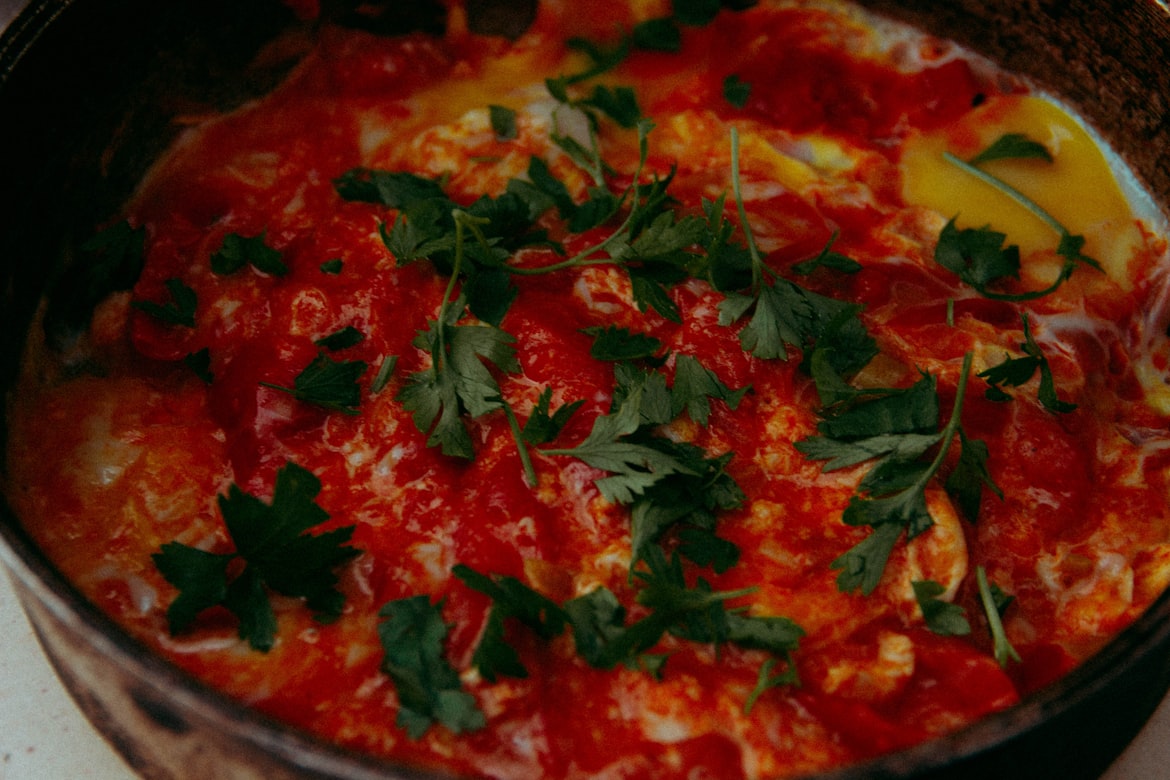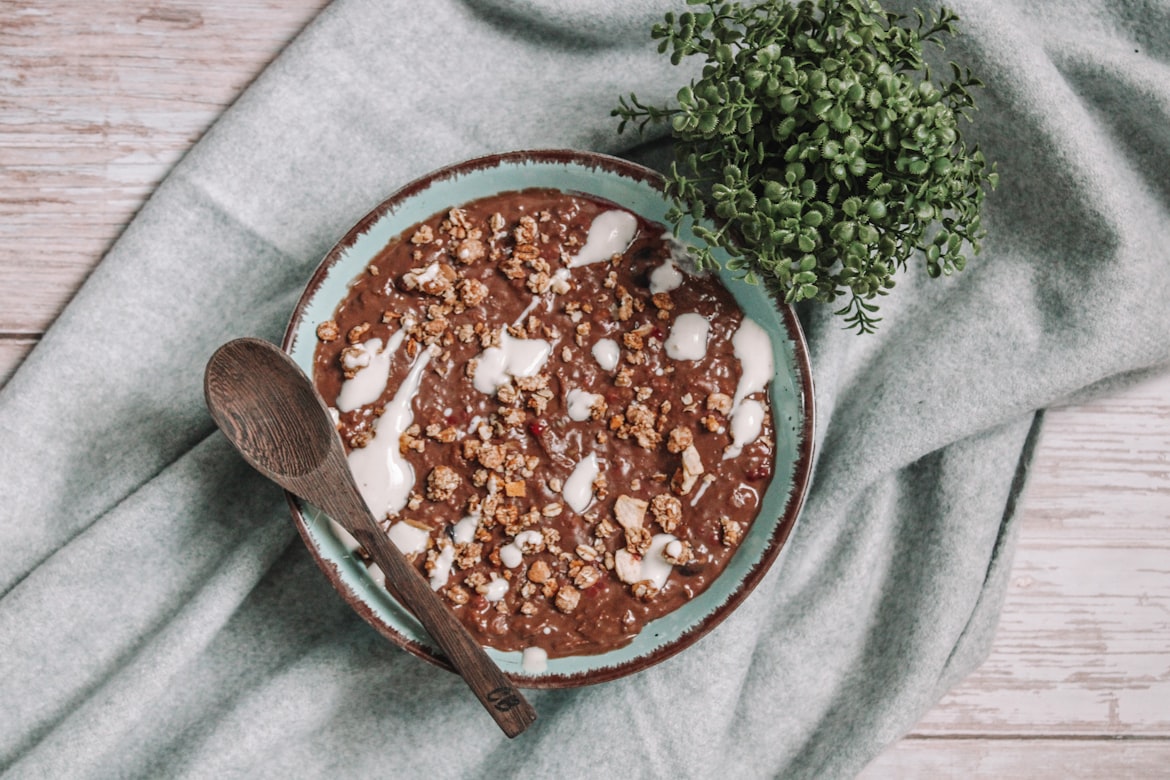
The Safety Revolution Autonomous Vehicles
The Promise of Zero Accidents
The dream of self-driving cars isn’t just about convenience; it’s fundamentally about safety. Human error accounts for the vast majority of traffic accidents, and autonomous vehicles promise to dramatically reduce, and even eliminate, these errors. By removing the fallible human element from the driving equation, we can potentially see a future with far fewer collisions, injuries, and fatalities. This isn’t a utopian fantasy; significant progress is being made, and the technology is steadily advancing toward this ambitious goal. The implications are staggering: safer roads, reduced healthcare costs, and a significant improvement in overall quality of life.
Advanced Sensor Technology: The Eyes and Ears of the Autonomous Vehicle
The safety revolution hinges on sophisticated sensor technology. Autonomous vehicles rely on a suite of sensors, including lidar, radar, and cameras, to create a comprehensive 360-degree view of their surroundings. Lidar uses lasers to precisely map the environment, while radar detects objects through various weather conditions. Cameras, coupled with advanced image recognition software, identify and classify objects like pedestrians, cyclists, and other vehicles. This data fusion—combining information from multiple sensors—allows the vehicle to make informed decisions and navigate complex situations with greater accuracy and reliability than a human driver.
Artificial Intelligence: The Brain Behind the Wheel
The raw sensor data is meaningless without the powerful artificial intelligence (AI) algorithms that process it. These algorithms are trained on massive datasets of real-world driving scenarios, allowing them to recognize patterns, predict the behavior of other road users, and make crucial driving decisions in milliseconds. Machine learning enables the AI to continuously improve its performance over time, learning from its experiences and adapting to new and unforeseen circumstances. This constant learning and refinement is crucial for achieving the highest levels of safety and reliability.
Redundancy and Fail-Safes: Building in Layers of Protection
Safety in autonomous vehicles isn’t about a single point of failure. Instead, it’s built on multiple layers of redundancy and fail-safes. If one sensor malfunctions, others can compensate. Multiple AI systems can cross-check each other’s decisions, preventing potentially dangerous errors. Furthermore, the vehicles are designed with backup systems that can take over in the event of a critical failure, ensuring a safe and controlled stop. This multi-layered approach minimizes the risk of accidents, even in the face of unexpected events.
Ethical Considerations and Legal Frameworks: Navigating the Uncharted Territory
The development and deployment of autonomous vehicles also raise crucial ethical and legal questions. How should the vehicle make decisions in unavoidable accident scenarios? Who is liable in the event of a collision—the manufacturer, the software developer, or the vehicle owner? These are complex issues that require careful consideration and the development of clear legal frameworks to ensure fairness and accountability. International collaboration and standardization will be vital in creating a regulatory environment that supports innovation while protecting public safety.
The Road Ahead: Gradual Integration and Continuous Improvement
The transition to a fully autonomous future won’t happen overnight. We are likely to see a gradual integration of self-driving technologies, starting with advanced driver-assistance systems (ADAS) that provide increasing levels of automation. These systems will gradually evolve, becoming more sophisticated and capable over time. Continuous testing, refinement, and data collection will be essential in ensuring that the technology is safe and reliable before widespread adoption. The ultimate goal is a future where autonomous vehicles are seamlessly integrated into our transportation systems, contributing to a safer and more efficient world.
Overcoming Public Perception and Building Trust: A Key Challenge
Despite the potential benefits, public acceptance is crucial for the success of autonomous vehicles. Many people harbor concerns about the safety and reliability of this new technology. Addressing these concerns through transparent communication, rigorous testing, and demonstrable safety records is vital. Building trust requires showcasing the technology’s capabilities and addressing public anxieties about job displacement and potential misuse. Education and public engagement will play a significant role in shaping a positive and informed public perception.
Infrastructure and Connectivity: Supporting the Autonomous Revolution
The widespread adoption of autonomous vehicles will require significant improvements in infrastructure and connectivity. High-precision maps, reliable communication networks (like 5G), and intelligent traffic management systems will be essential for optimizing the performance and safety of autonomous vehicles. Investment in these areas will not only support the autonomous revolution but also enhance overall transportation efficiency and reduce congestion in urban areas. This collaborative effort involving governments, private companies, and researchers is fundamental to success. Visit here about autonomous car safety







 If you are looking to improve on your cooking skills, a refresher course in the basics can be a great investment of your time. But if you are too busy for that, the following tips can help you get back to some cooking basics that you may have forgotten or overlooked.
If you are looking to improve on your cooking skills, a refresher course in the basics can be a great investment of your time. But if you are too busy for that, the following tips can help you get back to some cooking basics that you may have forgotten or overlooked.



